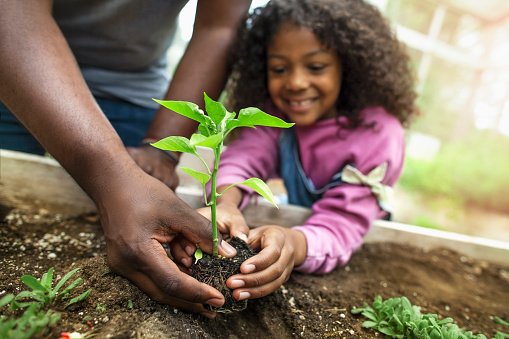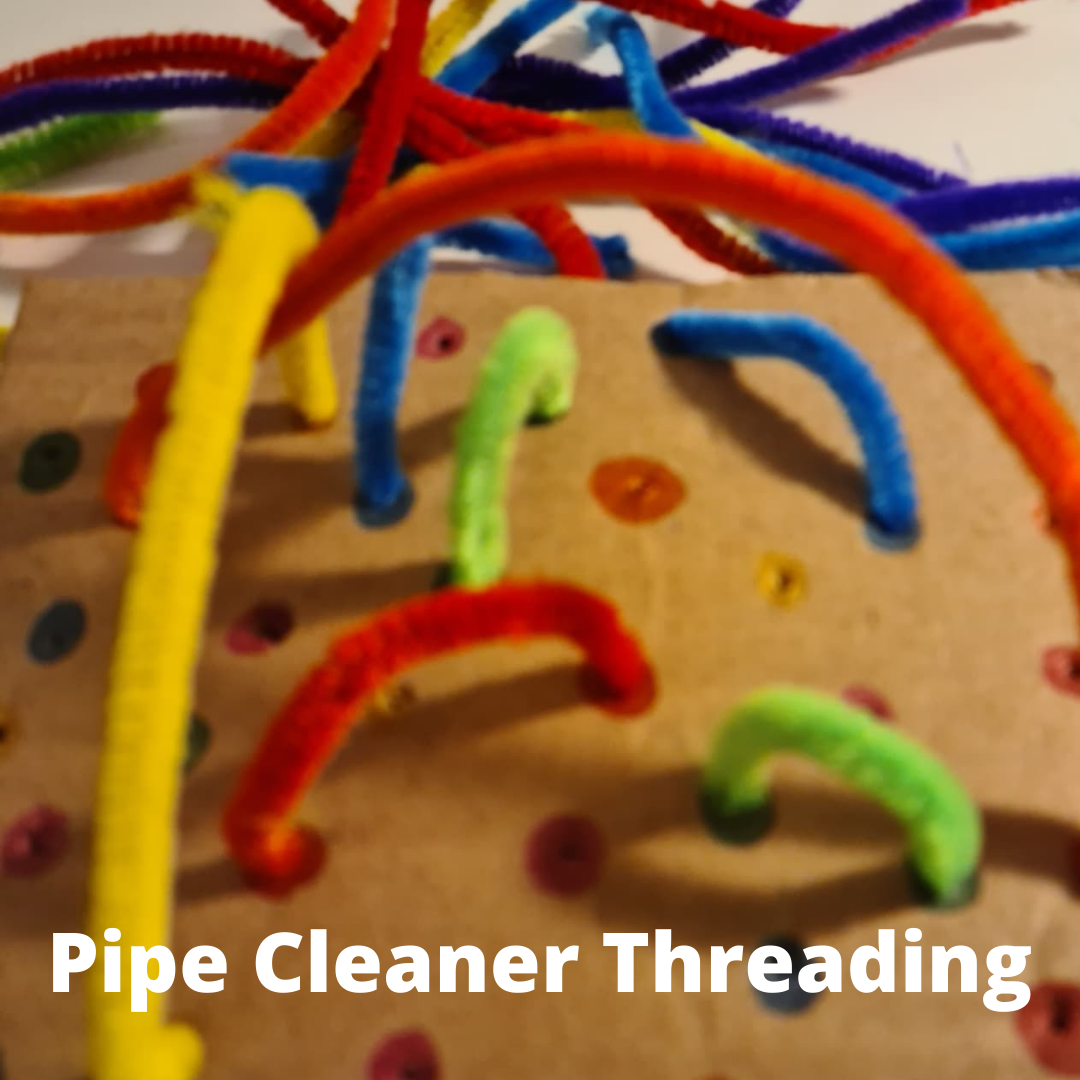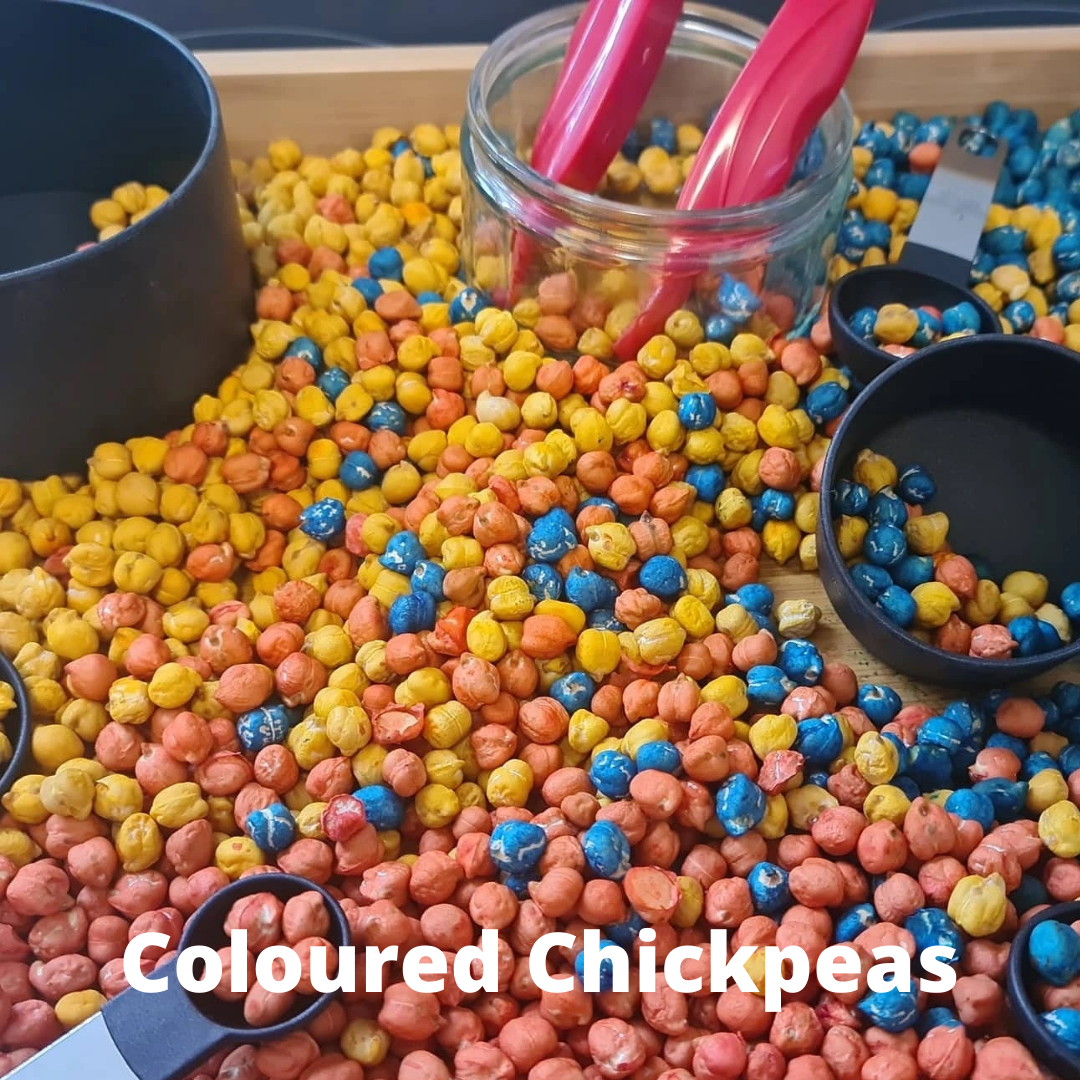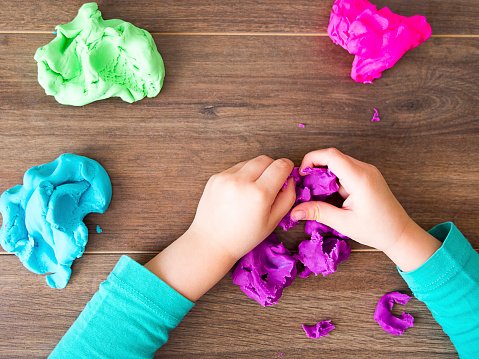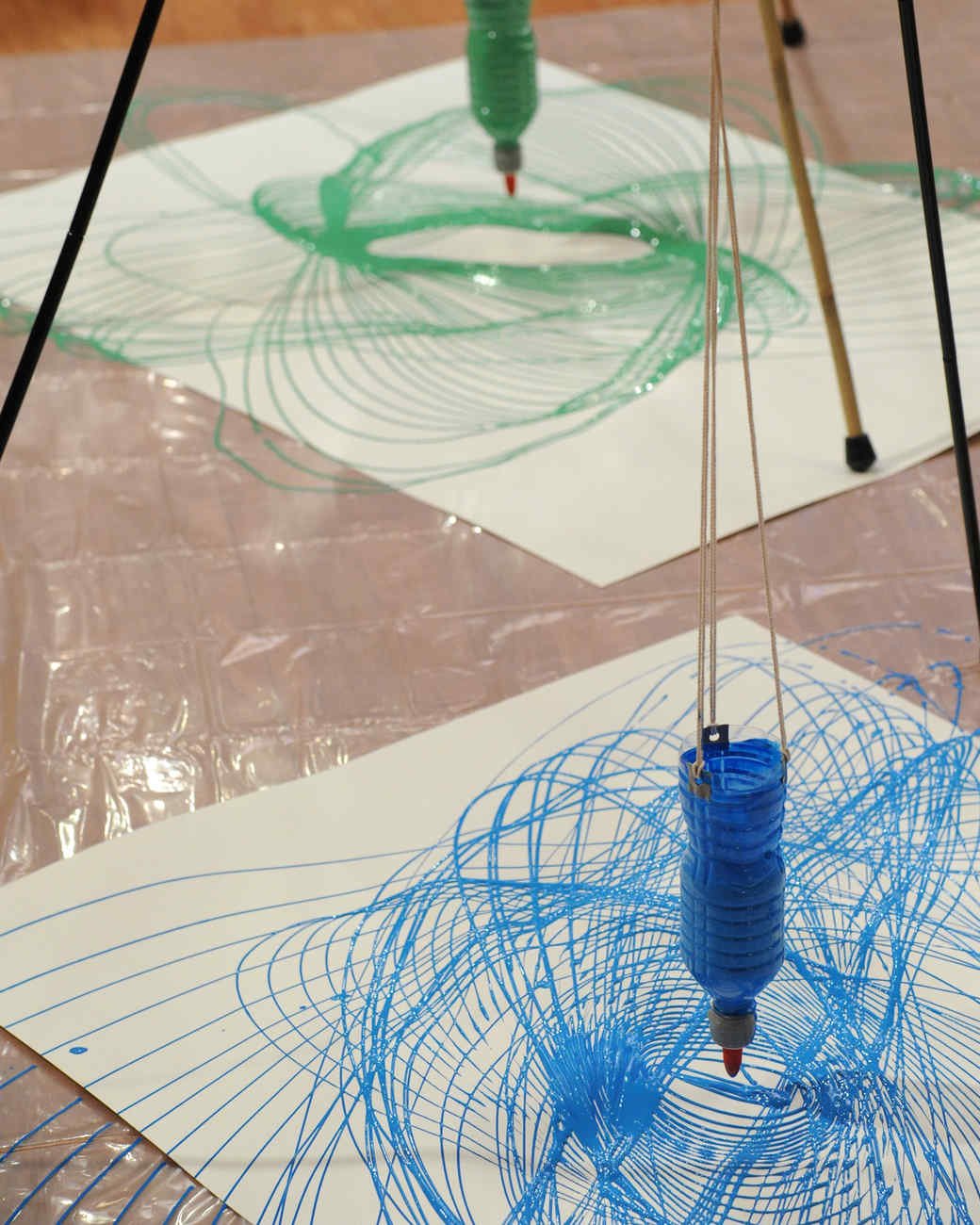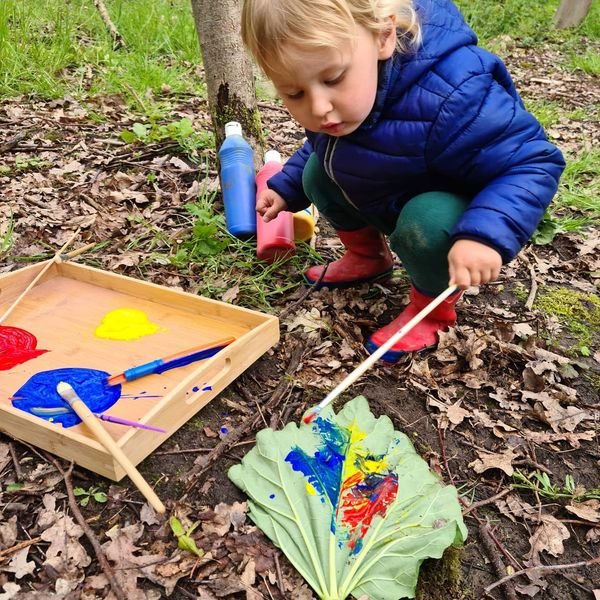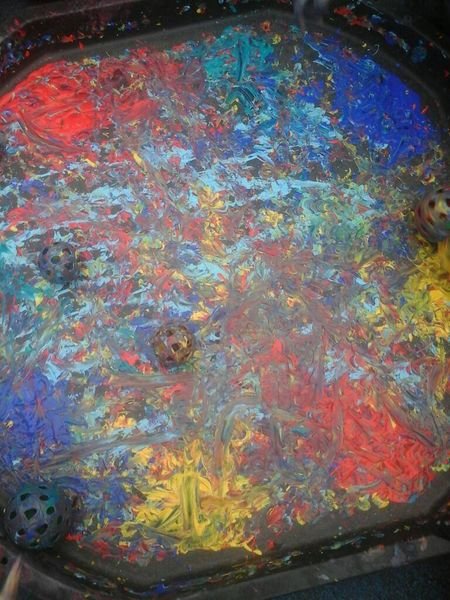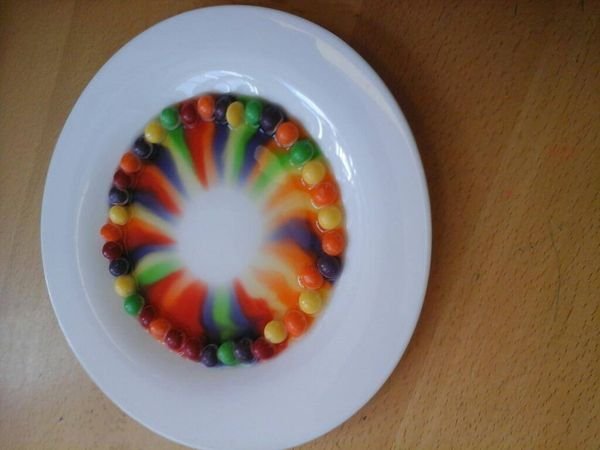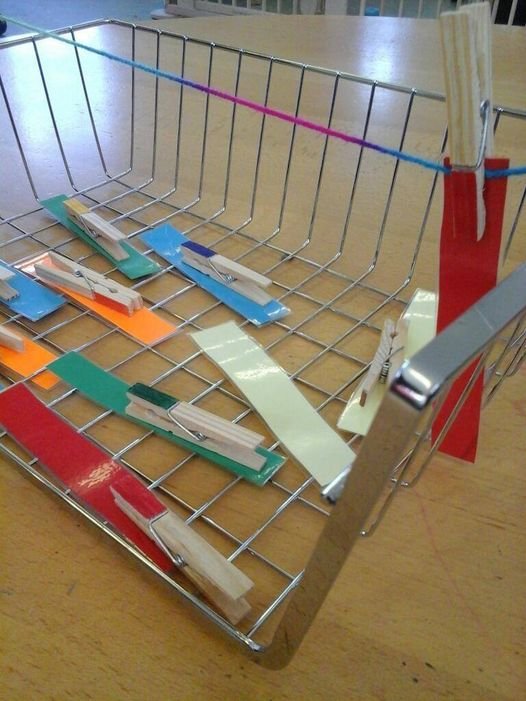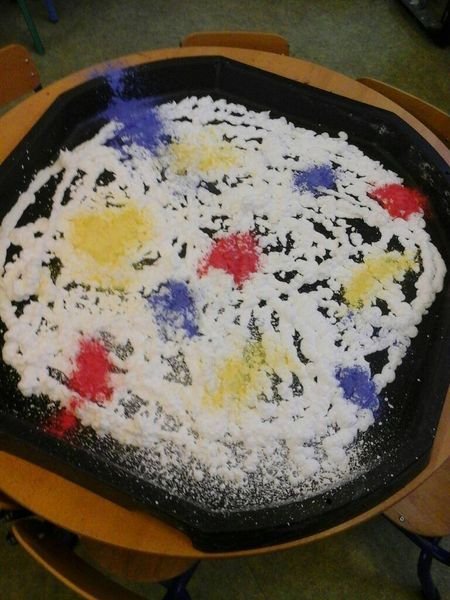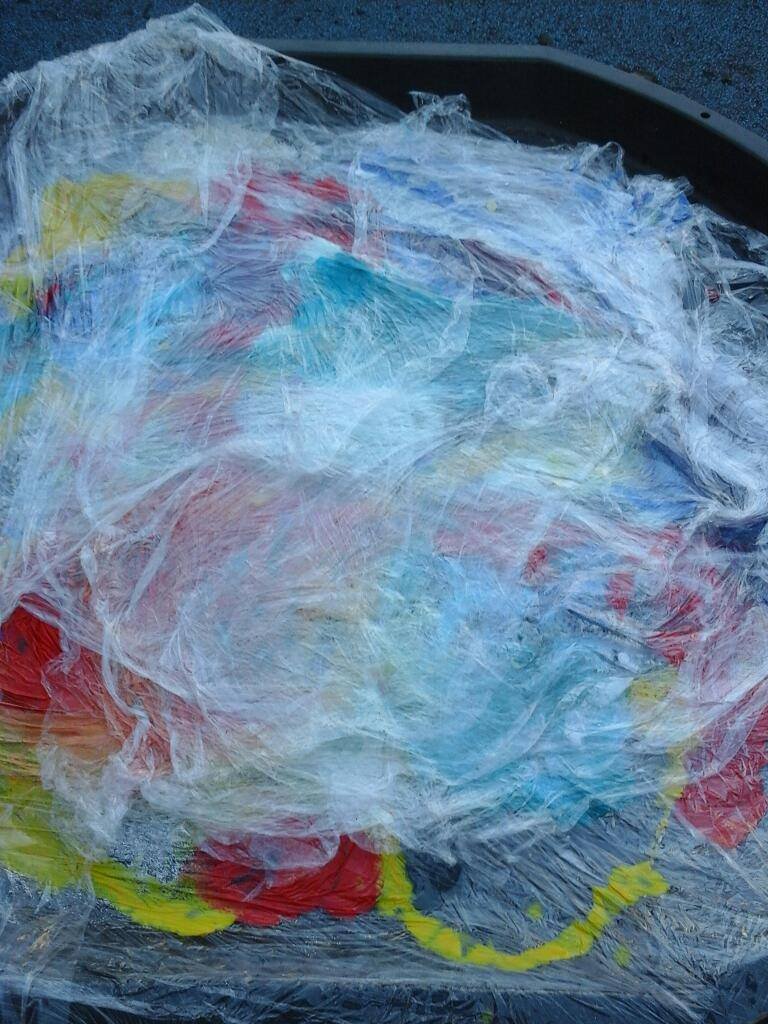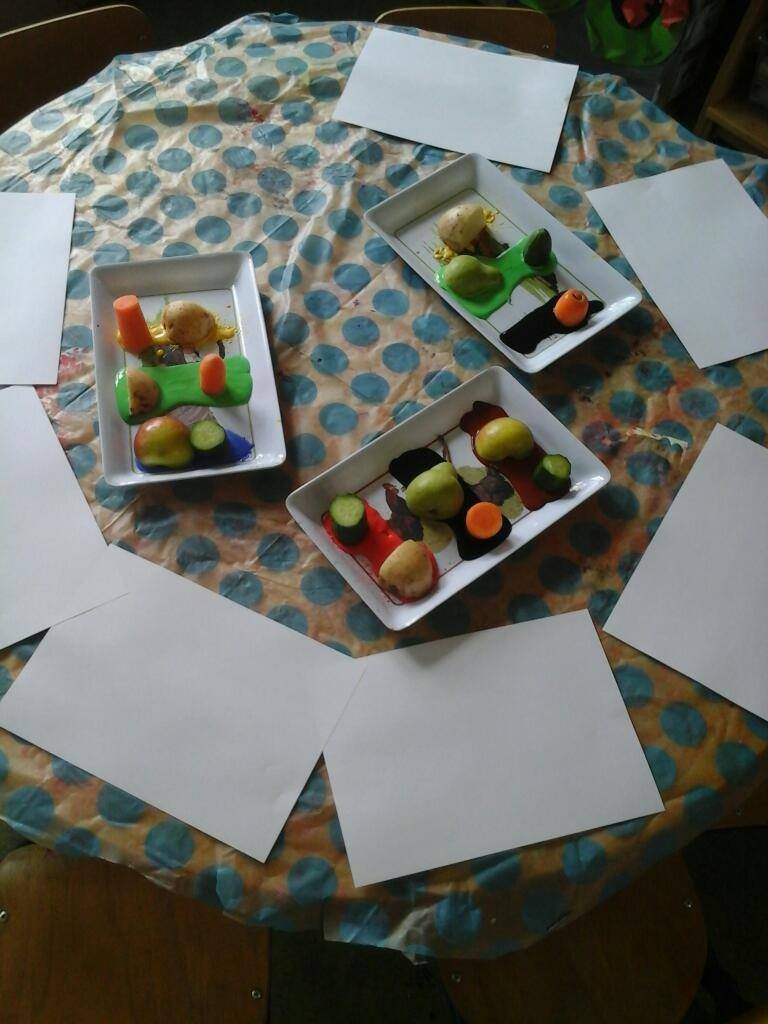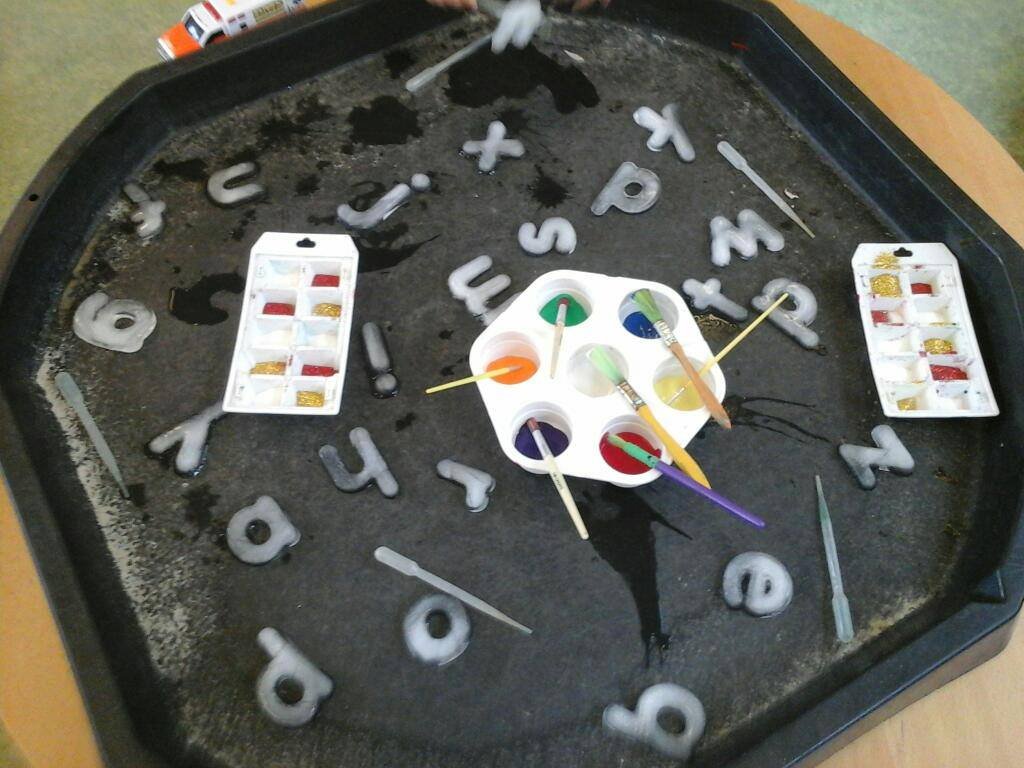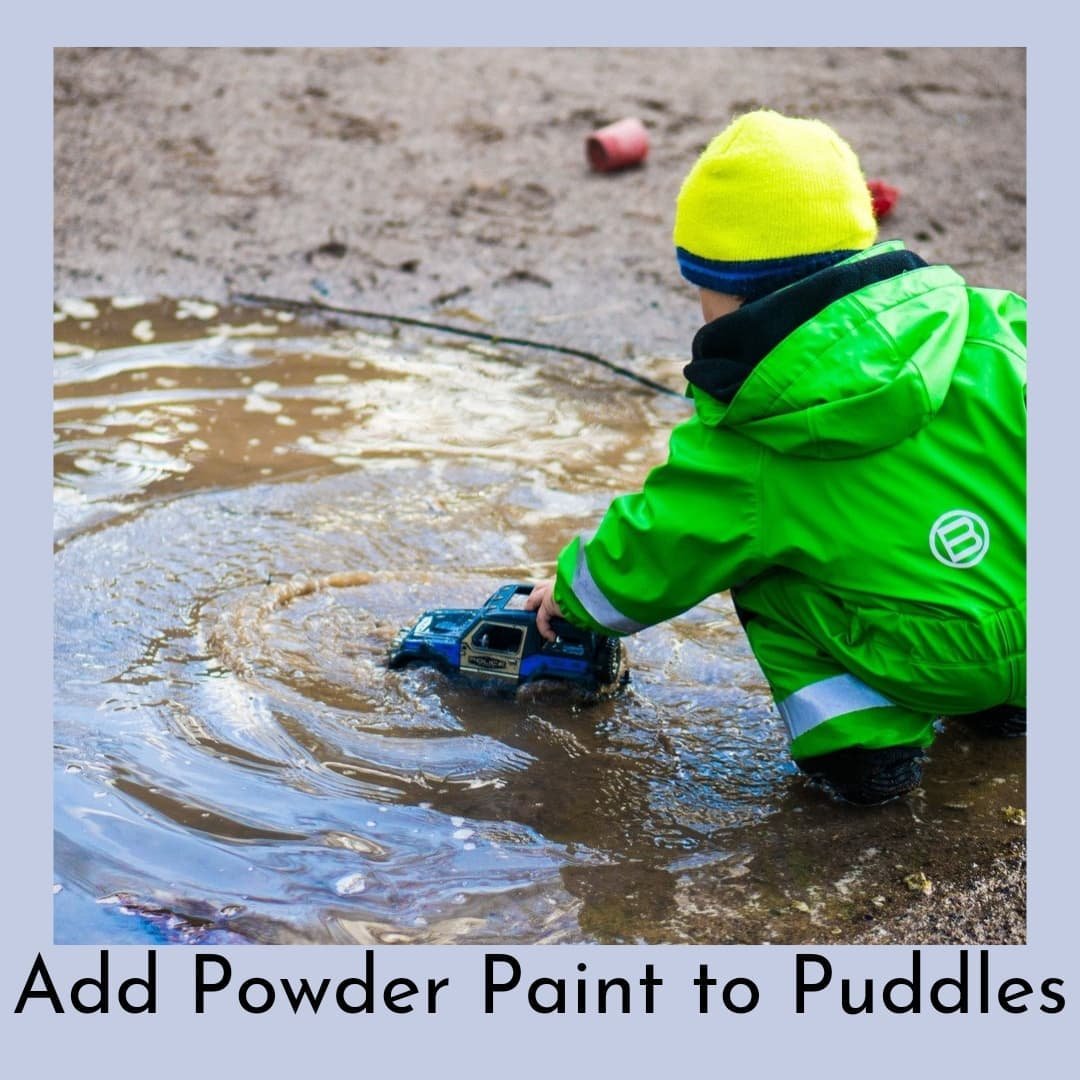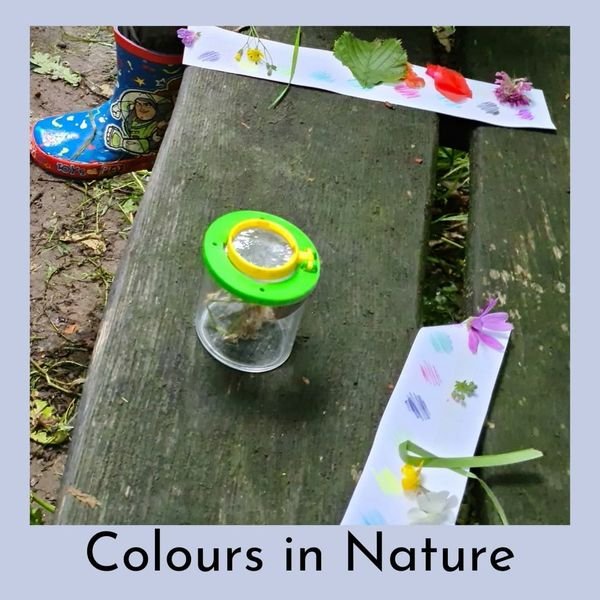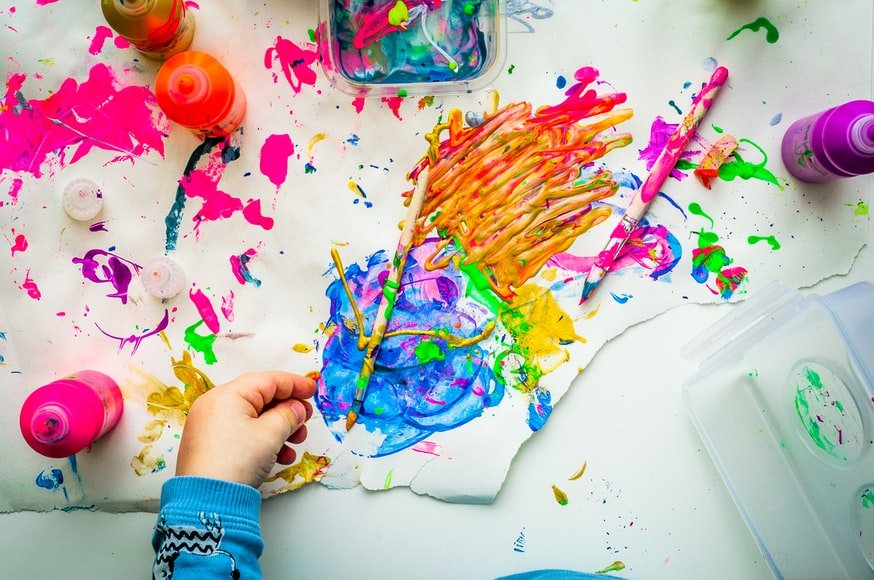Where to start with developing a Science, Technology, Engineering and Mathematics (STEM) curriculum in the early years?
Changes in the Early Years Foundation Stage (EYFS) give more power to early year practitioners to set their own curriculum. Recognising that the EYFS is more the bare bones of areas of learning and we as practitioners are responsible for putting the meat on the bones. We need to create ambitious curriculums that represent the opportunities to incorporate a stronger focus on STEM education in the early years.
In this blog, we will share three tips on how to incorporate a STEM curriculum in the early years through developing curriculum outcomes; outlining the steps children take to reach curriculum outcomes; and developing a bank of ideas.
What is a STEM curriculum? And why is it important?
A STEM curriculum is and educational approach that integrates Science, Technology, Engineering and Mathematics into a cohesive learning model designed to prepare children for the real-world challenges and tech-driven environment they are growing up in.
After what feels like many years of a potentially interpreted system of you must do x-y-z as your curriculum, the power has been returned now to early years practitioners. This is a fantastic opportunity to reflect on your settings curriculum and incorporate or focus on STEM education as part of your unique and ambitious curriculum that you offer your children. That builds upon the seven areas of development and the characteristics of effective learning and teaching. We appreciate that this power might feel daunting and you may be unsure of where to start, so we are sharing with you three tips to developing your STEM curriculum to get you started.
Tip 1 – Develop curriculum outcomes
The simplest definition of curriculum is what we want children to learn in the time they are with us. This is why my first recommendation is to think of curriculum outcomes in relation to STEM skills and knowledge, that you would like to see children develop by the time they leave your setting.
This can be split into STEM skills and knowledge. STEM skills are those foundational skills that children need to develop to be able to reach their full potential or engage in STEM education. This includes learning to problem-solve, test ideas, observe, talk and share their ideas with others, hypothesise, collaborative working, resilience, to be able to think of ideas, be innovative, being curious, being methodical and so on.
STEM knowledge is specific information we want children to gain in relation to STEM. For example, this might be developing an understanding of growth, change and decay. Learning the life cycle of a butterfly. Or about capacity, gravity, magnitude, electricity and so on.
A STEM curriculum goal example
To be able to talk and share their observations with their peers and adults about what happens to plants over a period of time; demonstrating an understanding of plant life cycles, growth, decay and change.
Tip Two - Outline the Steps Children Take to Reach Curriculum Outcomes
When we think about children’s learning, it is often a journey where children go through different stages before they get to the end goal of our curriculum. So, it is really helpful to think about what are those stages that children go through in order to meet that goal. Take some time as a team to discuss child development, your knowledge of your children and how you can break the learning down into smaller steps to get to the end goal.
Steps to consider when breaking down curriculum goals
Physical development.
Personal, social and emotional development.
Communication and language.
What prior knowledge do the need to reach the end goal?
Curriculum Goal Example: To be able to talk and share their observations with their peers and adults about what happens to plants over a period of time; demonstrating an understanding of plant life cycles, growth, decay and change.
Under twos - to develop their fine motor skills and hand-eye coordination to enable them to help plant flowers or plants and water them. To use key words relating to life cycle e.g. small, big, grow, seed, plant.
Two to threes - to be able to look after their plants with support and help. For example, watering plants. To use simple sentences to relay their observations about plants and seeds. Such as, “It got bigger!” To develop their observational skills through a variety of sensory play and activities (to support their knowledge understanding and language development for talking about what they observe).
Three to Four Year olds - Talk about and retell the life cycle of a plant to peers or adults. To show care and concern for their plants and begin to understand what they need to grow and be healthy. To listen and respond appropriately to others as they share ideas.
*Please note that this is not inclusive of all the skills that children might need to learn the overall curriculum goal outlined and that this is based in a curriculum that already offers a firm foundation of learning opportunities across the three prime areas of development. These are communication and language development, personal, social and emotional development and physical development, that will underpin and lay the foundations for a well-rounded STEM curriculum.
Tip Three - Develop a Bank of Ideas
For each of your curriculum goals and steps that children will go through on their journey to reaching the main goal, it can be really helpful to develop a bank of ideas. This is because especially when starting something new we might need to look for ideas and inspirations, it might not come naturally to us in the moment. Or if you are anything like me you can easily full into the habit of doing the same thing, because it worked before and by having a bank of ideas it encourages us to try new ideas and offer more of a breadth of experiences.
Example bank of ideas to support curriculum goal
Vegetable patch,
Cress monsters,
Activities to develop observational skills, - e.g. gloop, dancing raisins experiment, colour mixing activities,
Life cycle books and activities,
Observational still life painting/drawing.
“The best learning comes through experience, play and hands on opportunities. If we want to learn about how a seed turns into a tomato, let’s explore the seeds, plant the seeds, nurture them and watch them grow. I strongly believe children are not passive in their learning, they are active involved and making meaningful connections through doing.”
This blog was originally published for British Science Week 2023 and was updated September 2025. We regularly review our blog posts to ensure that they are up to date and remain useful.
Part Two: Teaching Colours in the Early Years
Part two of our blog series that explores teaching colours in the early years. Find out more here.
Last week’s blog explored what we meant by teaching in the early years. This week part two is going to explore how do children learn and develop their knowledge of colours through our curriculum that we use to teach them. Curriculum in its very simplest terms, is the framework for what we would like children to learn in the time that they are with us. This is one big composite (end goal) made up of many small components. Sam Sleeman-Boss and Wendy Radcliff from Ofsted at the childcare and education expo (2022) defined curriculum thinking as “the framework for setting our aims of a program of education, including the knowledge and skills to be gained at each stage.”
It is refreshing to remember that the Early Years Foundation Stage (EYFS) Educational Programs, lay the foundation or floor of our curriculum, but we develop our curriculum to help children reach for the stars. It simply doesn’t cover all the small steps, components and learning opportunities that children have in their time in the settings, which is based on the knowledge of a skilled practitioner. An example of this is that, by the end of their time in nursery with us we might want children to be able to express themselves through the careful selection of colour, identifying colours and communicating why. Children don’t simply learn these skills or information though through a quick transference of knowledge and information, they learn them through an ambitious curriculum that is made up of many components or small steps to help them reach the end goal by the end of their time with us.
This is done through hands on experiences in the early years that encourage exploratory learning, collaboration, and the opportunity to develop ideas alongside others. For example, we may start with our very youngest by that simple exploration of contrasts in colours. We know that babies are interested in those contrasts and that black, white, and red supports brain development We then might explore mark-making with different colours using those gross motor skills and movement of our whole bodies and begin to name the different colours that we make. Before doing matching and classifying by sorting, identifying, making patterns and so on. As the children continue to explore, we look at shades and mix different colours, but also recall how they make colours through a variety of activities, using paint, light boxes, messy play and so on. Before, we move onto that being creative using colour to express ourselves and carefully selecting those colours, there are many steps that children go through, in their journey of learning about colours in the early years.
Below are some activity ideas for teaching colours in the early years:
Part One: Teaching Colours in the Early Years
I recently saw a very interesting post online, where someone was asking for support for how do we teach children colours in the early years? Which spiralled into a very lengthy discussions…
I recently saw a very interesting post online, where someone was asking for support for how do we teach children colours in the early years? Which spiralled into a very lengthy discussions about what we mean by the word teach, but also whether children should be taught their colours and how do we fully embrace this. I watched this conversation online unfold, quietly, as I saw some strong opinions and ideas coming through and this was something that I wanted to talk about in a more constructive way. As naturally, this conversation got me thinking, it sparked a consideration for me on two topics, what do we mean when we say “teaching” in our early years setting?
As well as the how do children learn and develop their knowledge of colours through our curriculum? This will look different across all settings as we are unique, we are different, but also, we have our curriculum and what we want children to learn in the early years. To me on a personal level, colour exploration has always been a part of my curriculum and what children develop a knowledge off over the time that they are with me. Mainly because children are naturally curious about exploring mixing colours, I mean how many times do they make a lovely icky brown out of all your bright beautiful colours?
What do we mean by ‘teaching’ in early years settings?
So, let’s unpack to begin with what are we defining as teaching in the early years. I think the confusion about what teaching is perceived like or thought of is muddied by those traditional views of teaching. Where a more knowledgeable adult, imparts information and knowledge and children sponge it up, and repeat what they have been told. Where in traditional method of teaching the teacher or educator is seen as powerful over the learning environment.
However, our view of teaching in the early years is different to this. We understand that in teaching we are collaborators with the children, we join to share that information. This is underpinned by the theoretical ideas such as Vygotsky, who talks about the zone of proximal development. The zone of proximal development is the concept that the learner alongside a more experienced peer (this does not have to be an adult), has a higher level of potential for learning and development, through engagement with one another. This is through careful interactions, scaffolding, and collaboration with one another.
The early years foundation stage refers to how high-quality settings engage in what is referred to as sustained shared thinking. Siraj Blatchford and colleagues defined sustained shared thinking as “An episode in which two or more individuals ‘work together’ in an intellectual way to solve a problem, clarify a concept, evaluate activities, extend a narrative etc. Both parties must contribute to the thinking and it must develop and extend.” (REPEY, 2002) This was part of the EPPE and REPEY study that looked at what was high quality teaching in the early years.
In my mind this is what teaching is in the early years, tuning into the individual children’s interests, developmental needs, our interactions, and positive relationships that allow us to collaborate with the children as they learn and develop. One that is built upon neutral respect and ownership. An environment that encourages curiosity and children to ask open ended questions and work together to learn and solve problems. This is us teaching the children and we shouldn’t under value what we do in an early year setting, just because we do or do not have the word teacher before our name. Because we are all teaching the very foundations to children’s learning.
Join us for part two of this blog next week that will look at how do children learn and develop their knowledge of colours through our curriculum.
Using Your Curriculum to Promote Oral Health in the Early Years
This is part two of our blogs on oral health and the revised early years framework. In this blog we are going to focus on how we can use our curriculum to support oral health in the early years. So firstly, let’s consider what do we mean by curriculum? In its simplest terms our curriculum is what we want children to learn. This includes the programme, methods, and activities that we choose to implement our curriculum; to ensure that children meet the learning intention highlighted in our curriculum.
So, let’s consider – what do we want children to learn about oral health within the early years? It might be that you choose to base these on statements within development matters or birth to five matters. Or it may be that you want to come up with broader terms, such as those below.
“Our curriculum is designed to support teaching and children learning about oral health through a play-based and hands-on curriculum. We want children to learn about how to look after their teeth and the importance of good oral hygiene. Our curriculum is designed to support children’s learning and development in a holistic way, so that they develop good routines around oral hygiene and a healthy relationship with food. As a setting our curriculum embeds learning and developing oral hygiene through our everyday interactions and routines, as well as our short-term and long-term planning. “
Below are a few ideas of what you might be interested in doing as activities or experiences as part of your curriculum to support oral health in the early years:
1. Singing songs about brushing teeth and practising the circular motion that we use as we brush our teeth by doing actions.
The toothbrush on the teeth goes round and round,
round and round,
The toothbrush on the teeth goes round and round,
all day long.
(To the tune of the wheels on the bus)
2. Sharing books and stories about going to the dentist (keep an eye out for our upcoming blog ‘Review of Top Ten Books to Promote Oral Health’)
3. Tuff tray play -brushing fake teeth or small world animals’ teeth using toothbrushes and toothpaste.
4. Draw on plastic blocks with whiteboard markers and use a toothbrush and toothpaste to clean of the marks.
5. Get children familiar with the circular motion of brushing teeth big style, using those gross motor skills using toothbrushes to mark-make in shaving foam, coloured sand and paint.
6. The egg experiment – boil eggs and pop them in different fluids for a few days, for example, coke, coffee, milk, water, juice, and squash. Talk about how the outside of the egg is like the enamel of your teeth, observe and talk about what has happened to the enamel and what those different things do to our teeth.
7. Make an interactive display showing and measuring out how much sugar is in different common foods and drinks.
8. Encourage children to join in cooking and making healthy snacks and foods and talk about the benefits of the different foods to our health.
9. Heuristic play – all types of brushes basket. For toddlers and preschool children consider extending heuristic play by having a brush themed basket. For example, hairbrush, toilet brush, pastry brush, toothbrush and so on. As children explore the basket it gives you the opportunity to open discussion about purpose and function of different objects.
10. Have a dentist or dental nurse come and visit your setting and talk about their job role.
Do you want to find out more about the revised framework, your curriculum or pedagogical approach? You might be interested in some of our upcoming webinars below:
· Understanding Your Curriculum
· The Relationship between Pedagogy and Curriculum
Keep an eye out for our next blog in our oral health in the early years series…


